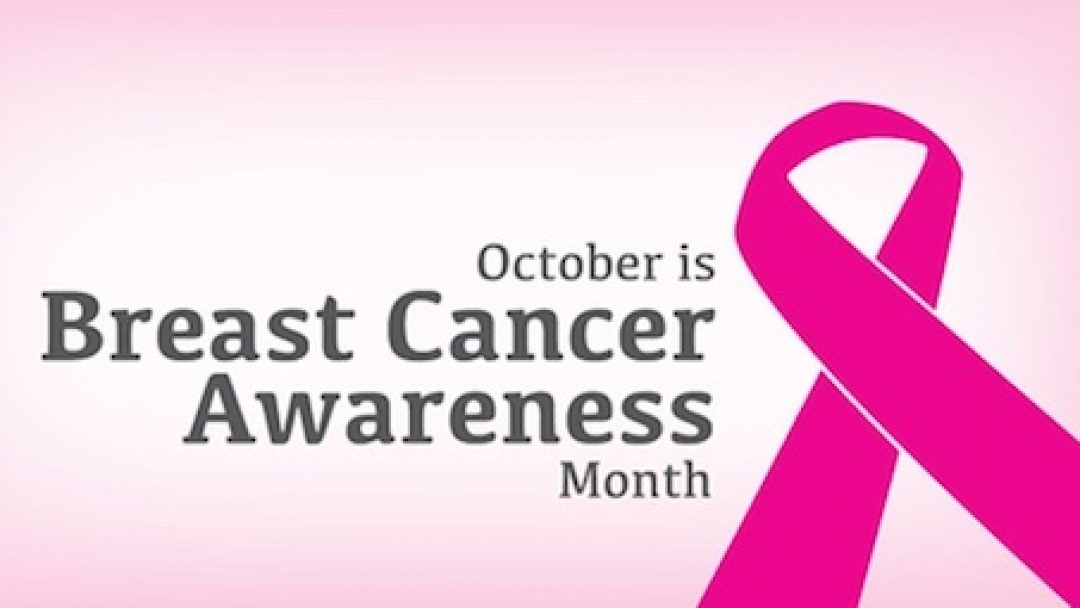October is Breast Cancer Awareness Month and there have been substantial improvements in the treatment of the disease. As an outreach to support the continued advancement in finding a cure for the disease here are some important facts.
How Common Is It?
The U.S. Centers for Disease Control and Prevention lists breast cancer as the second most common cancer in women and one of the leading causes of cancer death in women. By the end of 2018, around 266,000 will be given a diagnosis of breast cancer.
Breast cancer can affect anyone, regardless of age, gender, economic bracket, or racial background. Women with a family history of the disease are at higher risk, especially when breast cancer has is a mother or sister.
What Are the Preventative Measures?
While breast cancer cannot be prevented, women can take important steps to reduce their risk. Certain lifestyle changes can decrease your risk of developing breast cancer. Active women who don’t smoke or drink excessively have a lower risk. Also, those who use birth control pills for a shorter amount of time may have a decreased chance.
In addition, regular exercise and a healthy diet that includes whole grains, fruits, and vegetables is important. Body fat stores estrogen, which in a surplus can stimulate breast cancer growth.
Women are encouraged to start with a monthly breast self-exam, which help patients recognize changes that can be reported to a doctor for further examination. Changes might include a change in size, breast or nipple shape, texture, or lumps, swelling, , or nipple discharge. These conditions do not mean a woman has breast cancer, but it is important to discuss with a doctor should the conditions be present.
Scheduling annual exams and mammograms can also help with risk reduction. The American College of Radiology recommends receiving annual breast mammograms beginning at age 40. Women with a family history of breast cancer should start getting regular checkups at age 35. Early detection is the true key to survival.
There is a new diagnostic measure being used to detect breast cancer: breast tomosynthesis. It’s a 3-D screening tool, and research indicates it detects cancer at higher rates than a mammogram.
The Newest Treatment Options
Treatments for breast cancer have improved remarkably. One procedure is called a lumpectomy, where a surgeon removes only the cancer. It’s followed up by radiation.
By removing only the lump, this allows more of the breast tissue to be saved. If the cancer is more invasive, a mastectomy may have to be performed. In a mastectomy, the breast is removed.
There are certain types of hormone therapy, in the case of cancers with Estrogen Receptors or Progesterone Receptors, that target the cancer and can improve patient outcome.
If a cancer has a receptor and you have a low genetic risk of recurrence, or if it’s in its beginning stages, it may be possible to use other methods and avoid chemotherapy.
If you’re at the age where screenings are recommended, it’s vital to keep up with all scheduled screenings and to let your doctor know of any potential symptoms.
When it comes to breast cancer many have been touched by the disease and it is important to know that everyone can make a difference in the fight.








